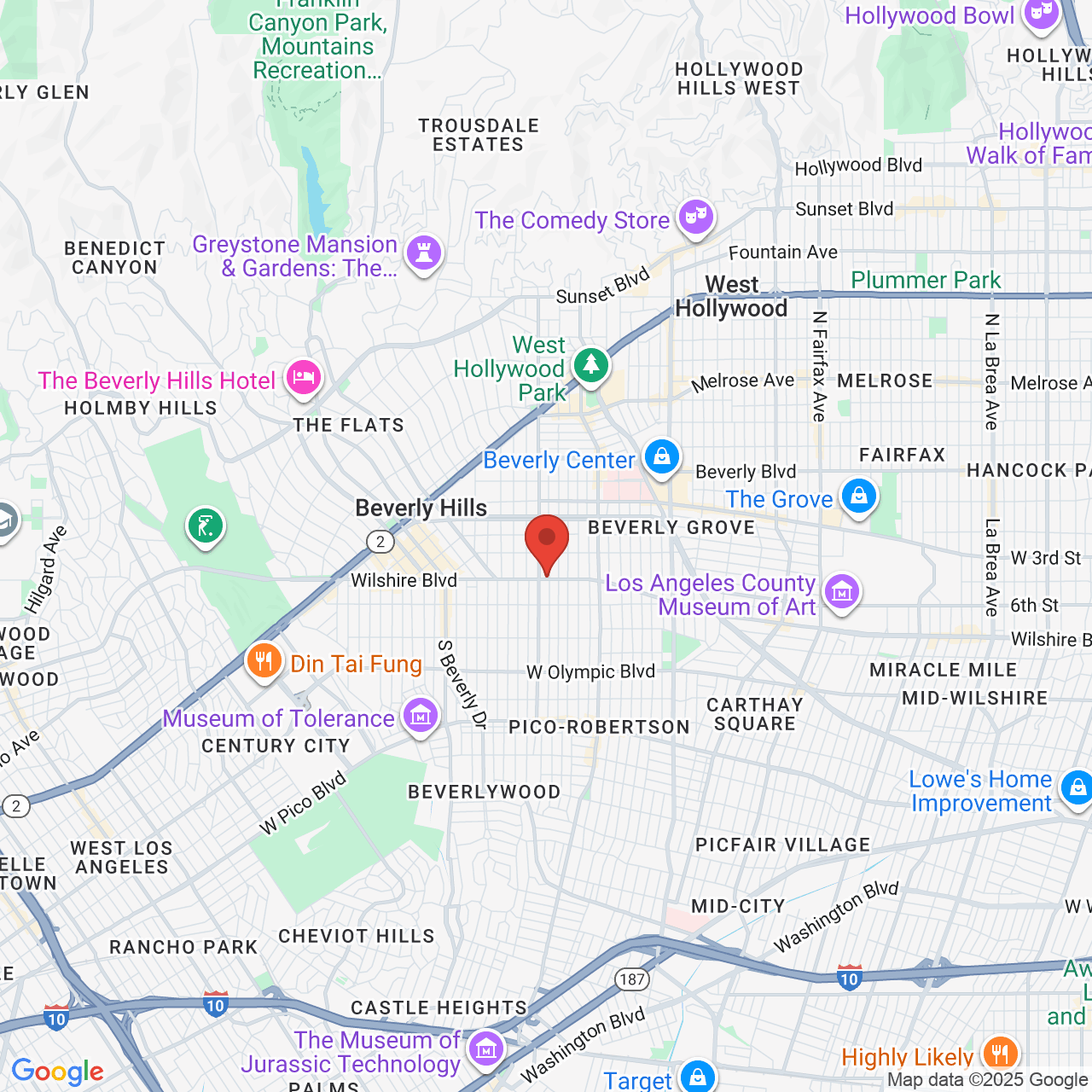Description
Children with microtia typically have some degree of hearing loss. In this video, Dr. John Reinisch discusses the available options that can restore your child's hearing. There are multiple types of bone-conducting hearing aids, and there is also the option of surgically creating an ear canal and eardrum.
View transcript
Children with microtia generally have a conductive hearing loss because they either have no ear canal, which we call atresia, or they have a narrow non-functional canal, which we call stenosis, aural stenosis. The hearing loss, as I mentioned, becomes more obvious as children become older. And there are several solutions for improving the hearing of your child. The most common is a bone conducting hearing aid. Bone conduction hearing aids are not new. Beethoven, who became deaf, discovered that if he put a metal rod in his mouth and touched the piano, that the vibration from the piano vibrated his jaw, which vibrated his cochlea and he could hear even though he had become deaf. We have used bone conduction hearing aids for over 40 years. They have become smaller and digital with time. The most common, and there are several companies that make it, there is the Cochlear Baha, there is The Ponto, there is the Sophono, and the ADHEAR.
This is a Baha 5, which has just been replaced by the Baha 6 which is essentially the same, but a slightly less projecting post. And it can be used initially before a child has surgery with a soft band. A soft band is a velcro strap that you wear around the head and you place the hearing aid there. And these hearing aids have three components. They have the battery, they have the microphone, and they have the vibrator. The issue with this is that if you touch it, it makes noise, it has feedback. So wearing a hat can be an issue, laying in bed can be an issue, or lying against the pillow and on the couch can be an issue, but it's often very good in school.
Once you have surgery, you can use the hearing aid with an implant, the implant. And here's an example of a abutment. You put the implant in the bone, it's only three millimeters in depth and you attach it to an abutment and then the hearing aid just snaps on like this. This has been very popular for a number of years, but there are some slight issues with having an abutment come through the scalp because on average, about once a year, there's some inflammation that needs to be treated with antibiotic ointment or cream. And occasionally, the skin will want to grow over the abutment.
Rather than use the abutment, one can place the implant in the bone and place a magnet under the skin. Then you can place a magnet over the skin like this and you can change the strength of those magnets and that will hold your bone conducting hearing aid without anything coming through the skin. So there's less chance for infection.
This also has the issue of feedback. And the newest bone conducting hearing aid is something called the Osia. It's made by the same company that makes this Baha. This has the three components — the battery, the microphone, and the vibrator. This one has no vibrator. The vibrator is separate and inside, and therefore, you can touch it and wear a hat and don't get feedback. So, in addition to being a little thinner, it has the advantage of not giving any feedback. Another option, a benefit of this is it can come with a small silicone sleeve that can go over this and allow swimming. This is particularly helpful for children who have bilateral microtia.
The second method of improving hearing in children with aural atresia or aural stenosis is to make a ear canal. This is done by a specialist in hearing called an otologist. The ear canal can be enlarged or drilled through the bone and the eardrum can be fashioned. It can be done if your middle ear is in good condition. Not all children can have an ear canal made, but about 69% or 70% of children that we see are candidates for ear canal. And we determine that by obtaining a three-dimensional high-definition CAT scan at age two or older. That will give us a score. And depending on the score, we can determine the chance for getting good hearing.
The hearing aid or the canal can be placed at the same time as the outer ear. This allows one surgery to give you both an external ear and improved hearing. I should mention that if you test the child with a Baha, the sensitivity of a bone conducting hearing aid is a little better than you get with a natural canal. But we have a large number of children with bilateral microtia who have worn a hearing aid all their life. And the minute you make a canal, the next day, they don't want to wear their hearing aid. Even though they have ear packing and the mold over their ear and cannot be hearing anywhere close to what the Baha gives, they prefer to have natural hearing to what you get from the bone conducting hearing aid.


















